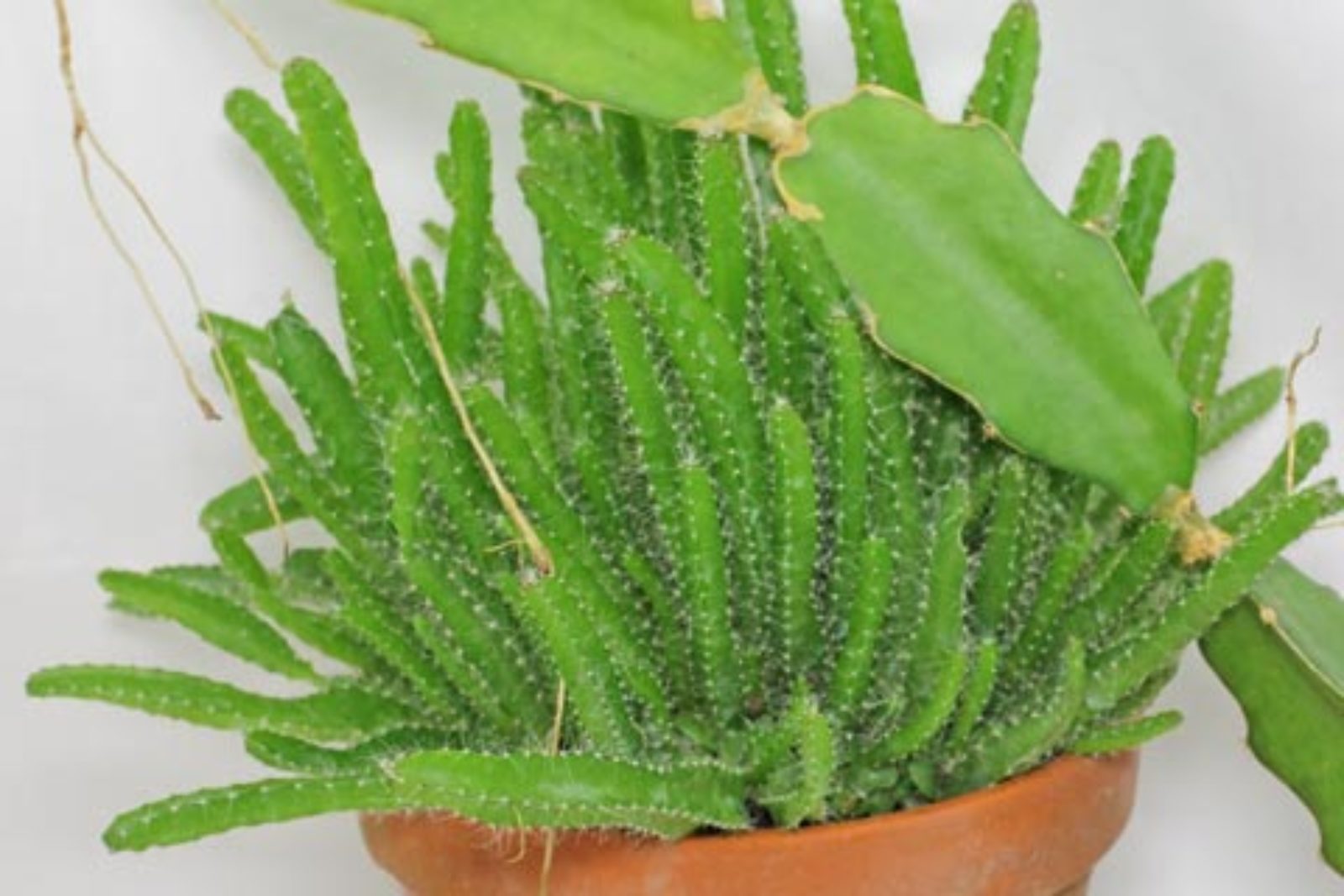
Hylocereus undatus
Scientific name: Hylocereus undatus. Common names: Dragon Fruit Cactus or white-fleshed pitaya plant. Hylocereus undatus Macho Milano, the dragon fruit plant. Want to grow your own Dragon Fruit plant? Find it for sale on Amazon! Indoor Hylocereus Undatus Dragon Fruit Care

DRAGON FRUIT Hylocereus undatus Pitahaya Plant Starter Size 4 Inch Pot Emerald Goddess Gardens
You can grow the dragon fruit plant ( Hylocereus undatus) indoors if your home has a location with plenty of sunlight, such as a sunroom or a large window where the plant gets six to eight hours of sunlight. To make an indoor dragon fruit cactus bear fruit might require hand-pollination, a job that is done by moths, bats, and bees outdoors.
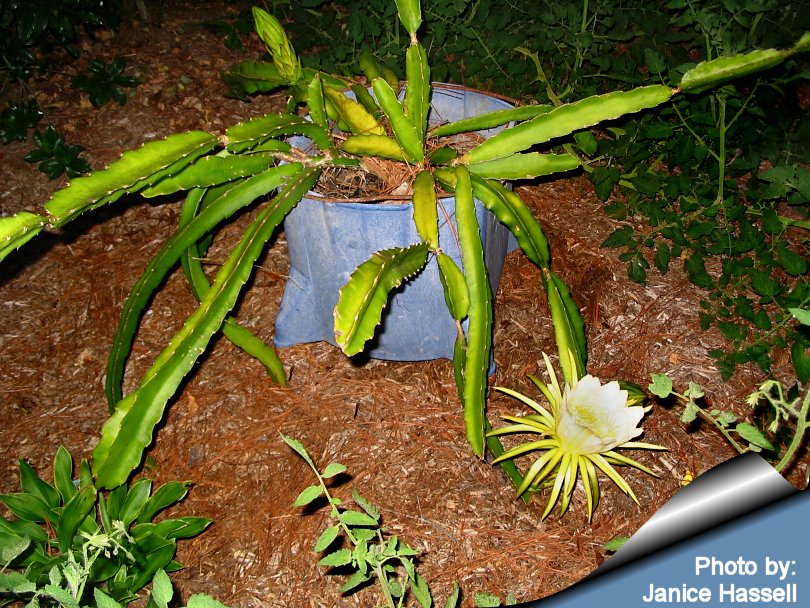
Hylocereus undatus
Hylocereus undatus is one of the most unruly species in the entire cactus family. It is a hemi-epiphyte, its fleshy, three-angled, jointed stems clamber over other plants and produce fibrous, aerial roots that cling to any available surface.

Hylocereus undatus flowers once per year, one night per year Cacti and succulents, Succulents
Selenicereus undatus (formerly Hylocereus undatus), also known as dragon fruit, pitahaya, or pitaya, is native to Central and South America. Dragon fruit has gained popularity worldwide for its unique appearance, refreshing taste, and potential health benefits.
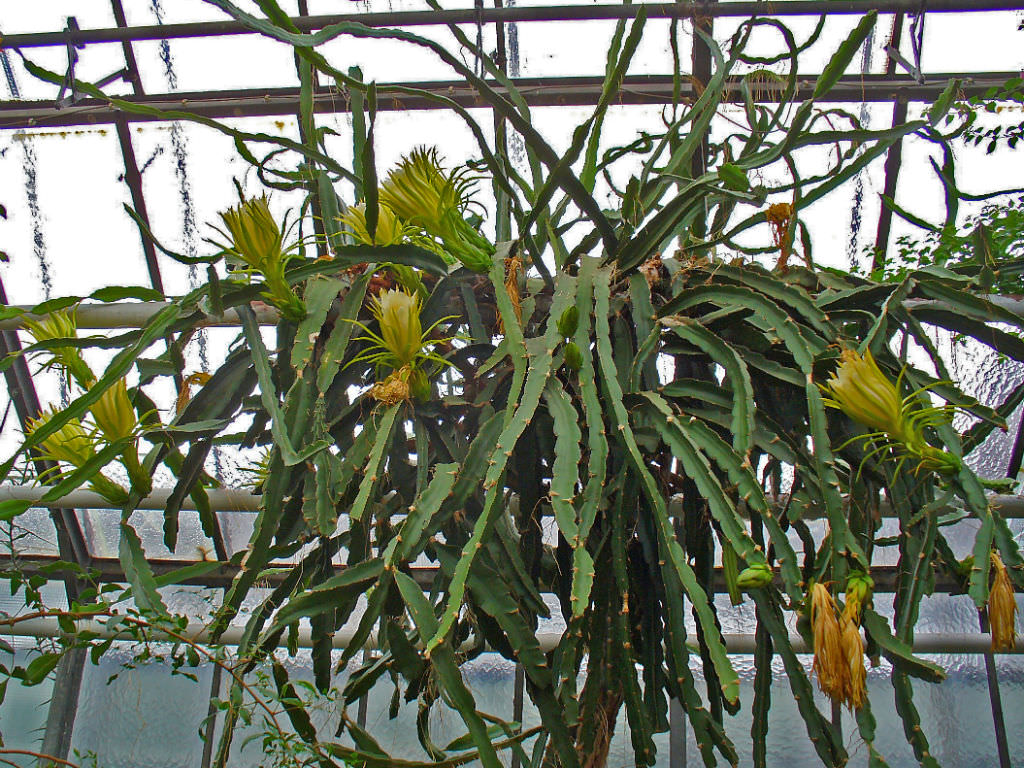
Hylocereus undatus Night Blooming Cereus, Dragon Fruit World of Succulents
Selenicereus undatus, formerly known as Hylocereus undatus, is a lithophytic or hemiepiphytic cactus with creeping, sprawling, or clambering stems. It branches profusely. Stems grow up to 33 feet (10 m) long and climb by aerial roots. They are green, with up to 4 feet (1.2 m) long joints, generally three ribs, and 1 to 3 conical spines per areole.

Dragon Fruit (Hylocereus undatus) My Garden Life
The dragon fruit or pitahaya, Hylocereus undatus (Haworth) Britton & Rose (Cactaceae), is the second most important commercial cactus species with respect to fruit production after Opuntia ficus-indica.It is a hemiepiphyte (a plant that can grow anchored on trees or directly in soil) with a vine-like climbing tendency; its exact native range is uncertain, but believed to be in tropical regions.
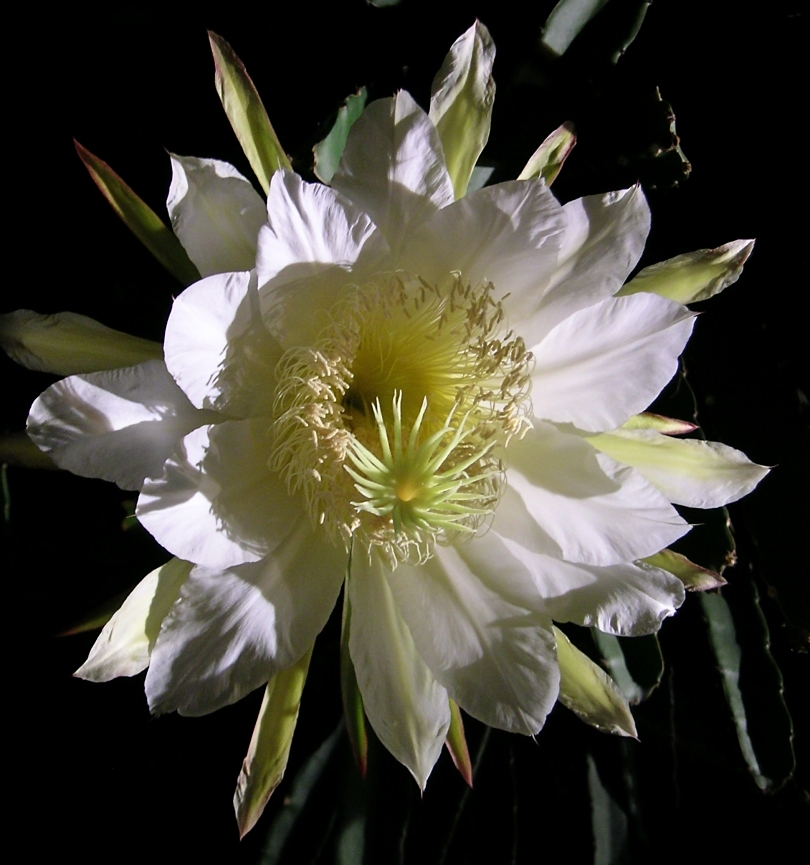
Hylocereus undatus
Selenicereus undatus, the white-fleshed pitahaya, is a species of the genus Selenicereus (formerly Hylocereus) in the family Cactaceae [1] and is the most cultivated species in the genus. It is used both as an ornamental vine and as a fruit crop - the pitahaya or dragon fruit. [3]
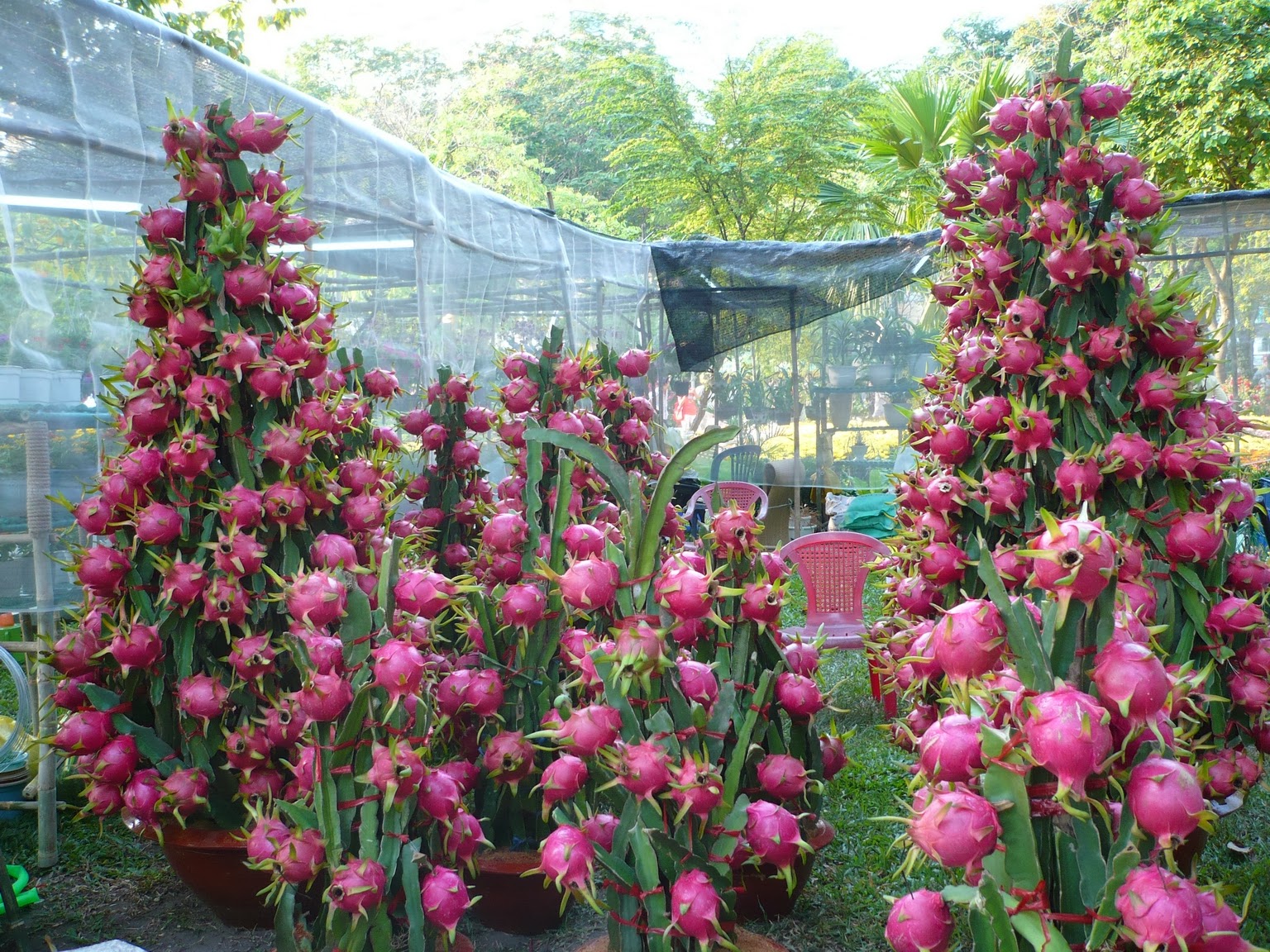
Peces y plantas ornamentales Hylocereus Undatus Cactus trepador o Pitaya
Description The species previously placed in the genus Hylocereus grow hanging, climbing or epiphytic. They are freely branched, shrubby plants that form aerial roots and become very large with a height of 10 m or more. The green, often glaucous shoots are usually terete or triangular. [1] Taxonomy

Hylocereus undatus (Dragon Fruit) World of Succulents Succulents, Plants, Planting flowers
Scientific Name: Hylocereus undatus and other species and hybrids (Table 1). Common Names: English: Strawberry pear, dragonfruit, night-blooming cereus. Spanish: pitahaya, tuna, nopal, pitajaya. Family: Cactaceae
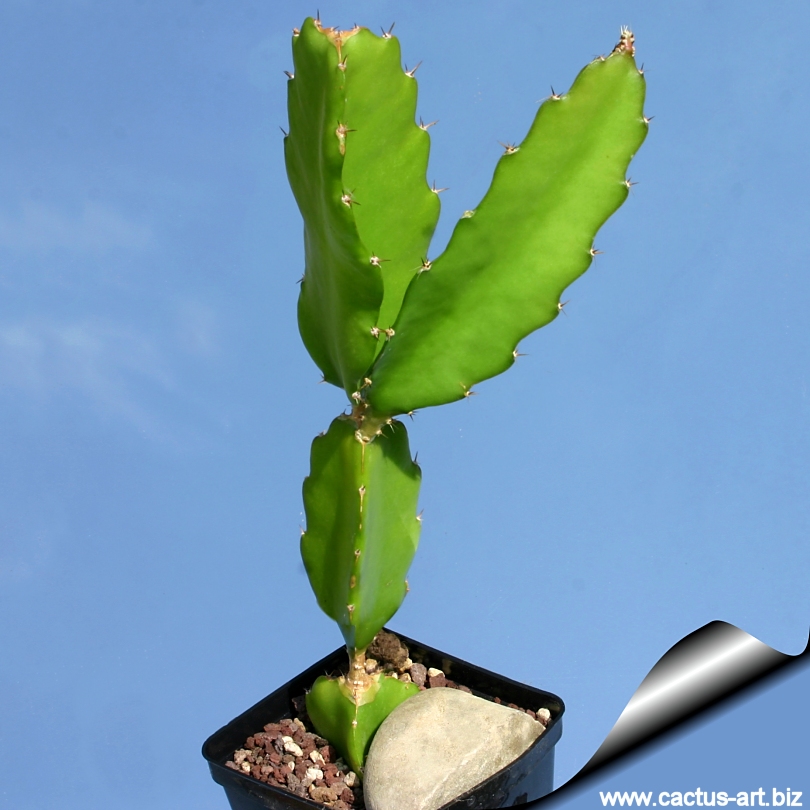
Hylocereus undatus
Hylocereus undatus, also known as the Nightblooming cactus, is a climbing cactus that is often found trailing over rocks or as an epiphyte hanging down from branches of other plants on which is has become established. The stems of most cacti are photosynthetic therefore they are green in color due to the presence of the plant pigment chlorophyll.
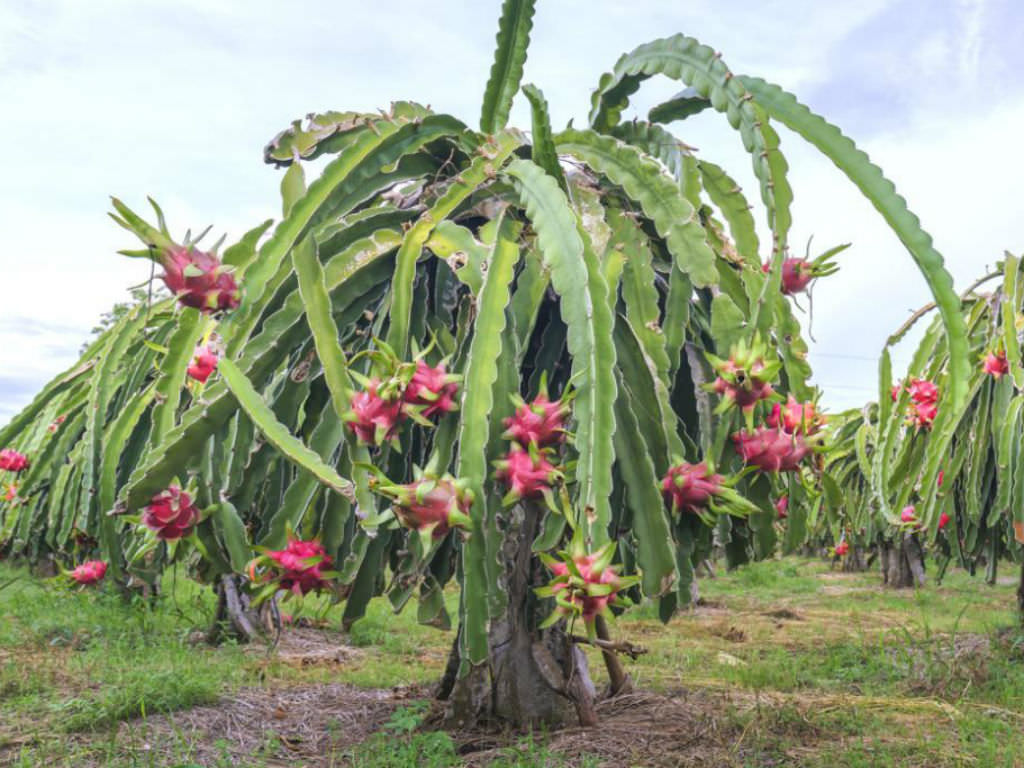
Selenicereus undatus (Dragon Fruit) World of Succulents
Best planted in spring, dragon fruit cacti can grow up to 20 feet tall and produce aerial roots that allow them to cling to surfaces, creating their creeping, climbing habit. This plant is considered invasive in parts of Florida. The Spruce / Gyscha Rendy Dragon Fruit Cactus Care

How to Grow Dragon Fruit Plants Indoors Hylocereus Undatus Care
Hylocereus undatus, which is also known as the Night-Blooming Cereus, is a species of vining cacti that grows hemiephytically. This means the plant's seeds germinate in a canopy of trees such that the plant begins its life as an epiphyte. Then the plant sends roots downward until they make contact with the ground.
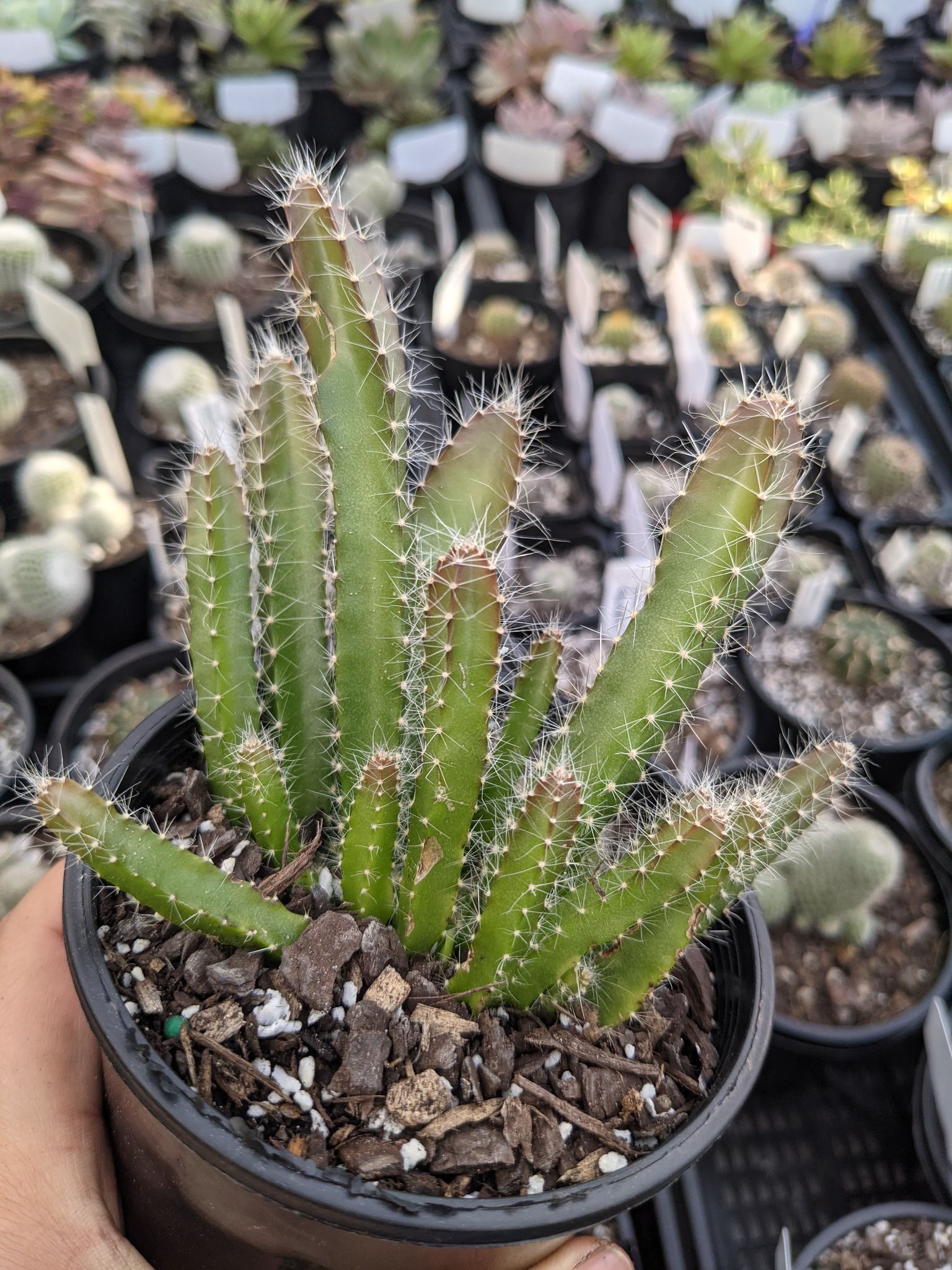
Hylocereus Undatus SUCCERLAND
Discover the exotic Hylocereus undatus - Dragon Fruit! Dive into our comprehensive plant database for care tips, growth secrets, and stunning images.

Hylocereus undatus Night Blooming Cereus, Dragon Fruit World of Succulents
It is scientifically called Hylocereus undatus and is one of the few cacti that are both epiphytic and terrestrial (1). The plant got its common name from the scaly appearance of the pink, red, peach, sometimes yellow fruit that can weigh up to 2 pounds (0.9 kg).

Hylocereus undatus "Dragon Fruit, White Flesh" [ROOTED CUTTING, 3.5" Mallacht's Plants
Dragon Fruit plant, scientifically known as Hylocereus undatus, is a cactus species native to Central and South America that produces a captivating fruit known as dragon fruit. Dragon Fruit plant.
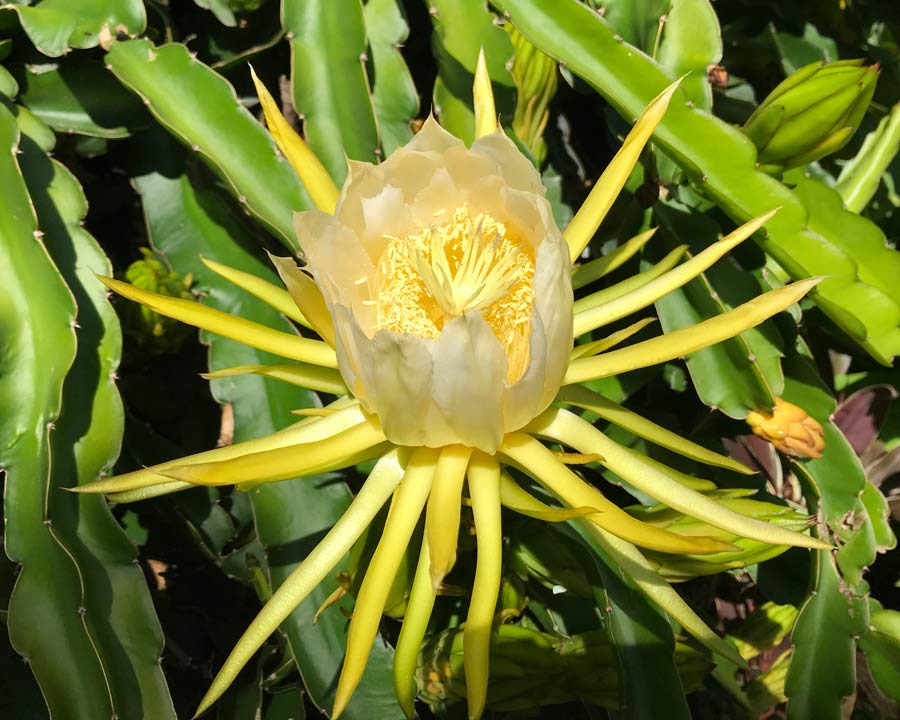
Hylocereus undatus
Free Shipping Available. Buy Top Products On eBay. Money Back Guarantee!